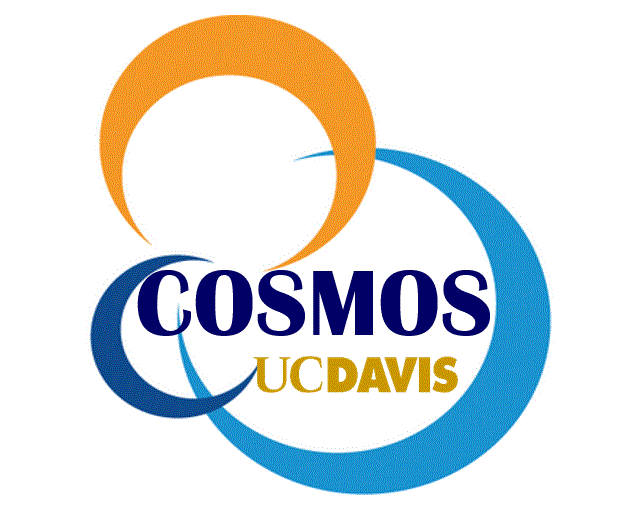Cluster 14 -- Future Mobility on Ground and Air: From Automobiles to Airplanes and Drones
- Instructors: Seongkyu Lee, Farhad Assadian
- Required prerequisites: Calculus & Physics, or Equivalent
- List of typical field trips: Aerospace Museum, Railroad Museum, Speedway, Tesla, Waymo
Introduction
From Automobiles to Airplanes and Drones
This COSMOS cluster introduces students to the exciting world of modern mobility—from the cars we drive on the ground to the aircraft and drones that navigate our skies. Through a combination of lectures, hands-on labs, engineering software training, and field trips, students will explore how ground and air vehicles are designed, how they move, and how engineers solve complex mobility challenges across different environments, including other planets.
During the first two weeks, students will dive into aerospace engineering with Prof. Seongkyu Lee. They will learn how airplanes fly, how rotorcraft and propellers generate lift, why aircraft make noise, and how engineers design drones and electric air taxis for Earth and beyond. Using fundamental theories and numerical tools, students will analyze aerodynamic performance and noise generation, then work in teams to design quadcopters for Earth, Moon, Mars, and Titan.
In the second half of the program, Prof. Francis Assadian will guide students into the world of automotive engineering, covering engines, electric and hybrid powertrains, vehicle dynamics, suspension systems, and autonomous vehicle technologies. Through simulations in MATLAB/Simulink and Carmaker, students will model how vehicles accelerate, turn, ride comfortably, and maintain stability under different conditions. They will also explore how modern cars integrate control algorithms and sustainable propulsion technologies.
Across the four weeks, students will participate in interactive labs and take field trips to museums and regional engineering facilities. The program culminates in two team design projects—a planetary quadcopter analysis and a ground-vehicle performance and handling study—where students present their engineering concepts through a final oral presentation and written report.
This cluster is ideal for students who are curious about future mobility, including electric flight, drones, autonomous vehicles, and sustainable transportation. By integrating aerospace and automotive engineering, the program prepares students for a wide range of STEM pathways and offers a unique look into how engineers design the vehicles of tomorrow.
